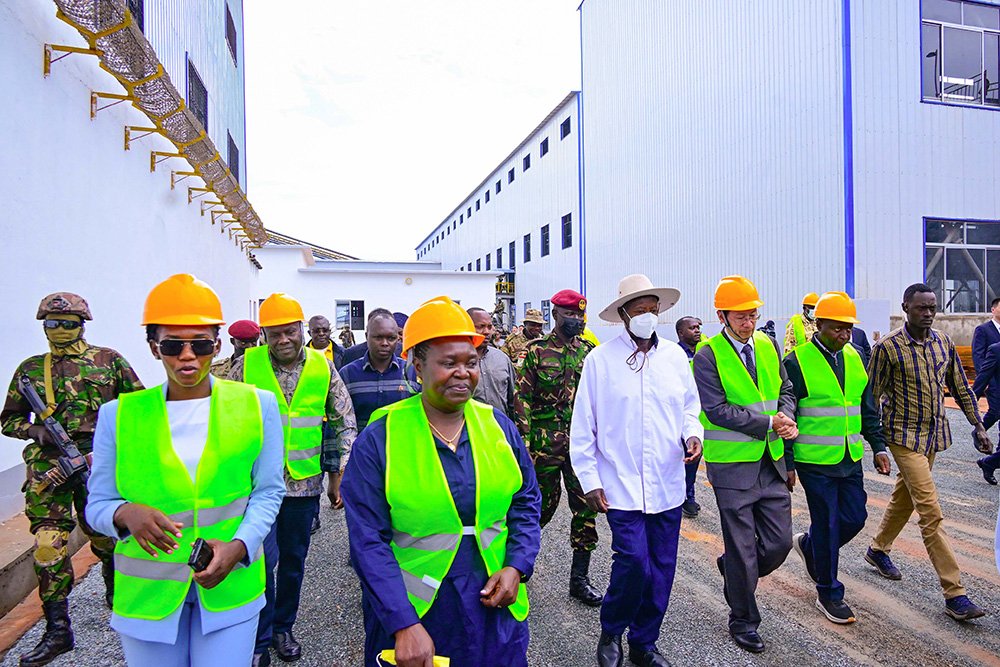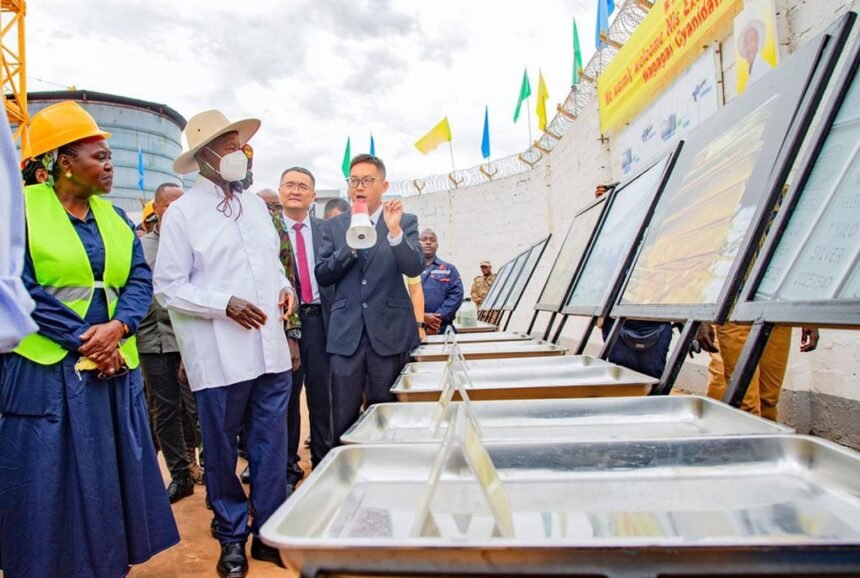Uganda has made a decisive move to transform its mining landscape with the inauguration of the Wagagai Gold Mining Project, a $250 million Chinese-owned facility that positions the landlocked nation as a serious contender in Africa’s gold production hierarchy.
In order to wake up in the minerals sector, we must have full value addition for all minerals like gold, lithium, tin among others.
Yoweri Museveni , President of Uganda
The Strategic Shift
President Yoweri Museveni’s inauguration of the Wagagai facility in Busia district represents more than infrastructure development, it signals Uganda’s ambition to escape the limitations of small-scale artisanal mining that has dominated its gold sector. The project’s capacity to process 5,000 tons of ore daily and produce 1.2 metric tons of refined gold annually dwarfs Uganda’s 2023 domestic production of just 0.0042 tons.

This scaling represents a 285-fold increase in production capacity, fundamentally altering Uganda’s position in regional gold markets. The facility’s ability to refine gold to 99.9% purity eliminates dependence on external processing, capturing the full value chain domestically.
Economic Implications and Export Strategy
Uganda’s gold export revenues reached $3.4 billion in 2024, constituting 37% of total export earnings, though this figure includes significant re-exports of gold sourced elsewhere. The Wagagai project promises to shift this dynamic by dramatically increasing genuine domestic production.
However, Uganda remains considerably behind continental leader Ghana, which generated $11.6 billion from gold exports in 2024. The gap illustrates both the opportunity and the challenge: while Uganda’s mining sector has substantial growth potential, achieving regional leadership requires sustained investment and operational excellence.
Infrastructure Integration Strategy
Museveni’s announcement that gold revenues will fund critical infrastructure, including power stations and the $3.16 billion standard gauge railway connecting to Kenya, reveals a sophisticated resource-to-development strategy. The railway project, designed to reduce export-import transportation costs, creates a multiplier effect where mining revenues enhance broader economic competitiveness.
This approach mirrors successful resource-based development models across Africa, where natural resource extraction finances infrastructure that enables economic diversification.
Geopolitical Positioning
The Chinese ownership of Uganda’s flagship gold project reflects broader patterns of Sino-African mining investment. China’s involvement brings capital and technical expertise while positioning Uganda within Chinese supply chains for refined gold. This relationship offers advantages in financing and market access but also creates dependencies that require careful management.
Uganda’s mineral portfolio extends beyond gold to include copper, cobalt, lithium, and tin, resources increasingly critical for global energy transition. The success of the Wagagai project could establish templates for developing these additional mineral assets.
Regional Competitive Dynamics
Uganda’s entry into large-scale gold production intensifies competition within East Africa’s mining sector. While Ghana maintains continental leadership, Uganda’s strategic positioning, with growing infrastructure and Chinese backing, could enable rapid market share gains.
The timeline for achieving regional significance depends on successfully replicating the Wagagai model across other mineral deposits and maintaining operational efficiency as production scales.
Risk Assessment
Key challenges include ensuring environmental compliance, managing community relations around large-scale mining operations, and maintaining stable regulatory frameworks that encourage continued foreign investment. Additionally, global gold price volatility could impact revenue projections and infrastructure financing plans.
Key Metrics:
- Investment: $250 million (Wagagai project)
- Production capacity: 1.2 metric tons refined gold annually
- Current gold exports: $3.4 billion (37% of total exports)
- Infrastructure target: $3.16 billion railway project
Strategic Watch: Monitor Uganda’s ability to attract additional large-scale mining investment and execution of infrastructure projects funded by mineral revenues.






